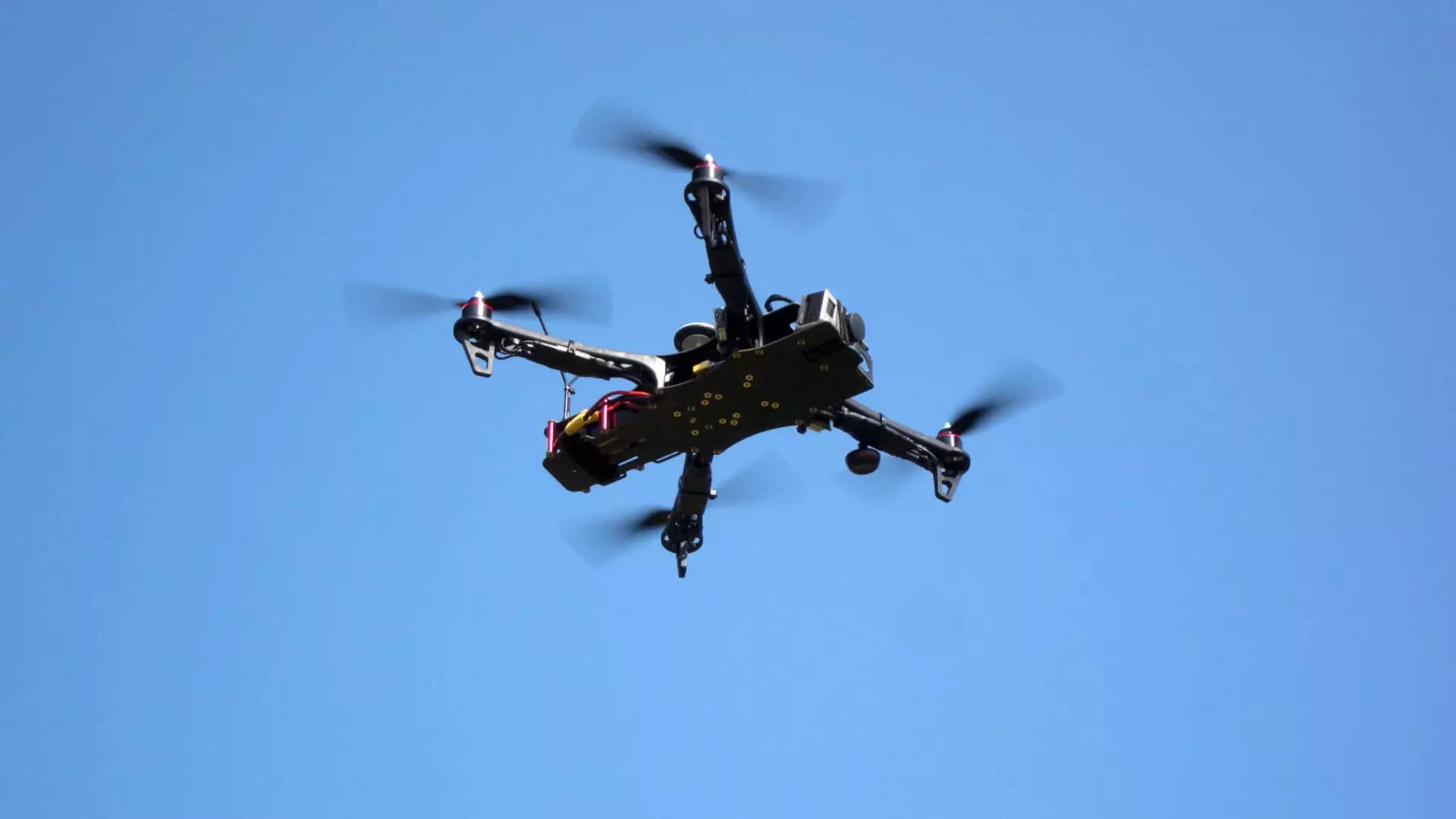Recent reports of drone sightings across New Jersey, particularly around sensitive locations such as President-elect Donald Trump’s golf course and a military research facility, have raised eyebrows among citizens and officials alike. The FBI and the Department of Homeland Security (DHS) have been actively investigating these incidents, leading to enlightening yet somewhat reassuring conclusions. These investigations reveal that many of the purported drone sightings are being misidentified manned aircraft rather than rogue drones, which diminishes immediate public fear about a potential security breach.
A major takeaway from the FBI’s findings is the debunking of the initial panic surrounding these drone sightings. Both the FBI and the DHS have confirmed that no concrete evidence has shown drones are involved in illegal activities or present a threat to national security. This clarification plays a crucial role in calming public fears and dispelling rumors of foreign interference or malicious intentions. A DHS official encapsulated this sentiment by stating that there have been no indications of criminal activity or safety threats posed by these sightings.
The ongoing investigation, particularly tracking hundreds of reported incidents since mid-November, has demonstrated that a significant portion of these ‘drones’ are simply larger aircraft seen at night. Given the exotic nature of the sightings, it is paramount for agencies to communicate their findings unequivocally to the public to prevent panic and misinformation from spreading.
Amidst the unfolding investigations, political figures such as Republican Representative Mike Waltz have voiced their concerns about the security implications of these drone sightings. Speculation has arisen about the operations behind these sightings, suggesting that potential drones may be remotely piloted from offshore locations or following GPS coordinates. This angle presents a compelling invitation for a broader discussion on national defense amidst evolving technologies.
Waltz has even drawn a connection to President Trump’s previous promises pertaining to enhanced air defense systems, comparing his vision to Israel’s Iron Dome. His call to action emphasizes the necessity of comprehensive protection measures to tackle evolving threats, including drone technology. Indeed, as aerial devices become increasingly sophisticated and accessible, the attention to national defense strategies must evolve parallelly.
In sum, while current investigations may yield reassurance regarding the safety and legality of reported drone sightings, they simultaneously highlight a pressing need for a proactive strategy to ensure national security. The focus on drones reflects a broader shift in how adversaries might leverage technology, necessitating a policy review on airspace protection. As the landscape of aerial security evolves, a holistic approach that accounts for both traditional and unmanned systems will be essential for protecting U.S. airspace well into the future.
As we navigate this complex technological terrain, the implications for national security will only intensify, prompting further discourse on how best to equip the nation against emerging threats.


Leave a Reply